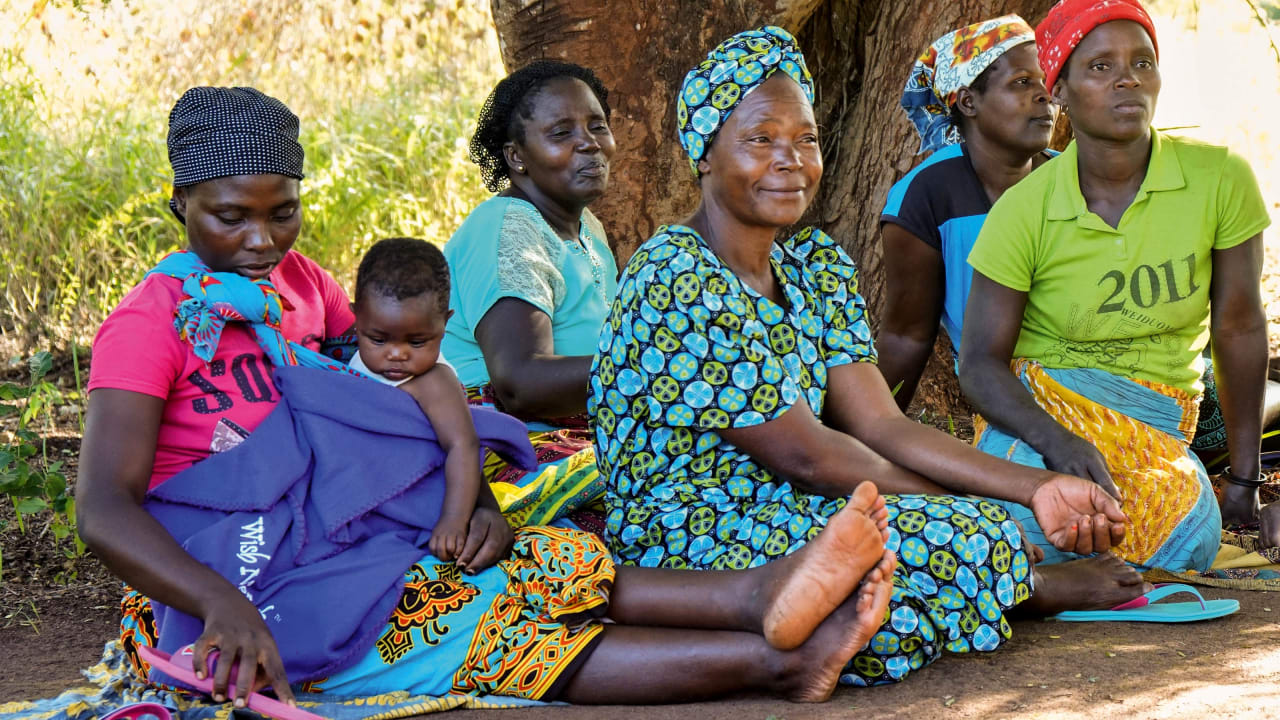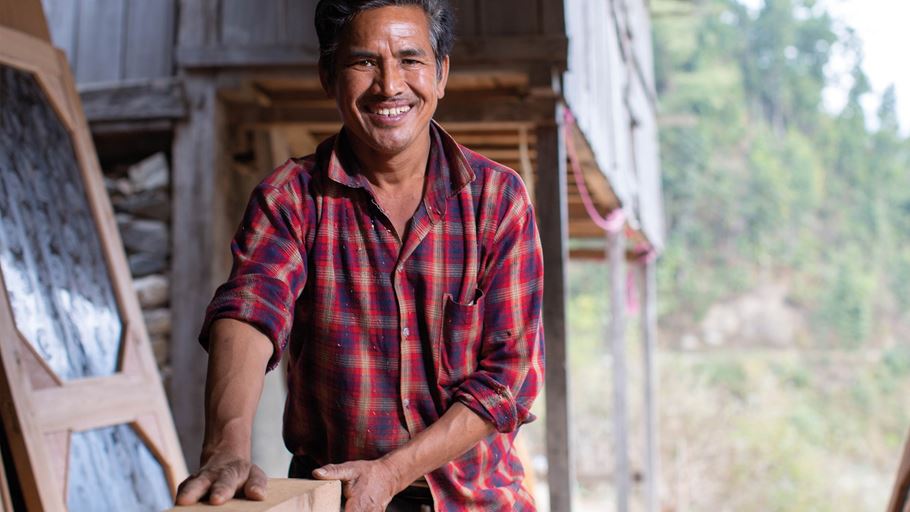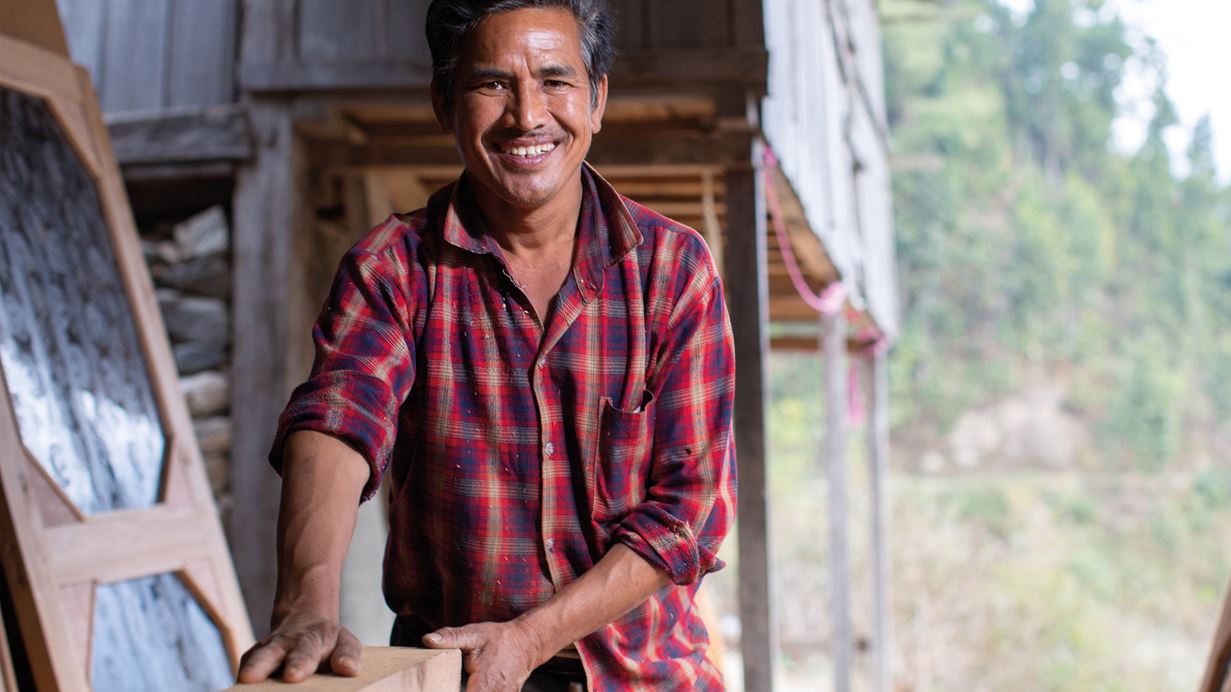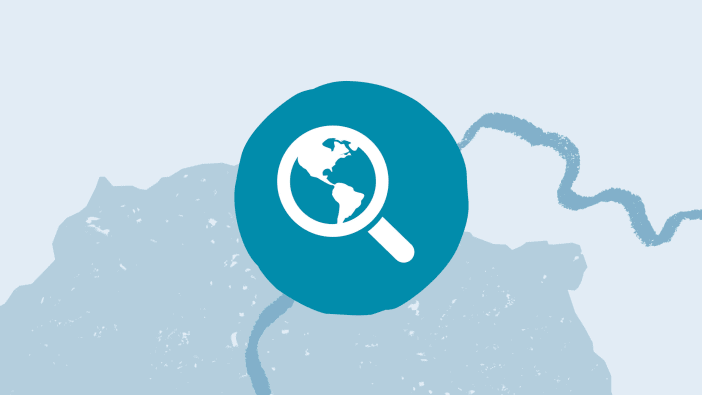The first time I engaged in advocacy, many years ago, I felt nervous, and my mind was full of concerns: Why would such powerful people want to listen to me? What if I forgot, or stumbled over, my words? What sort of difference could I make in the face of such a huge issue?
These kinds of concerns can be common when we first start learning to advocate, especially if it takes a long time to see any impact.
Anyone can be an advocate. It is not a professional activity, and there is no requirement to have special qualifications. But we have to persevere and practise, and allow our skills and confidence to develop.
Standing up for justice
The word ‘advocacy’ has different meanings for people in different contexts, depending on their experiences, language and culture. In some contexts it is risky to talk about advocacy; in others it is beneficial. In some languages there is no equivalent word, so it may be necessary to find an alternative phrase.
Tearfund defines advocacy as: ‘Influencing the decisions, public policies and practices of powerful decision-makers to address the underlying causes of poverty, bring justice, and support good development.’
Advocacy is firmly rooted in the Bible, and in God's heart for justice and compassion (eg Micah 6:8; Isaiah 1:17; Luke 11:42).
Approaches
There are three main advocacy approaches: for, with and by communities. Many initiatives will use all three approaches at different times.
-
For communities:
Advocacy done on behalf of communities affected by an unjust situation. This approach is important in places where affected communities are unable to speak out, perhaps because of fear or danger.
-
With communities:
Advocacy done collaboratively, where communities affected by an unjust situation advocate with others who are not directly affected.
-
By communities:
Advocacy done by communities directly affected by an unjust situation. This is often the most effective and sustainable type of advocacy. It gives integrity and legitimacy to the activities and challenges unjust power relations.
Local, community-led advocacy is not always easy, but it is deeply rewarding as people learn how to voice their needs, problems, hopes and solutions, and grow in the confidence and ability to influence decision-makers and bring change to their communities.











